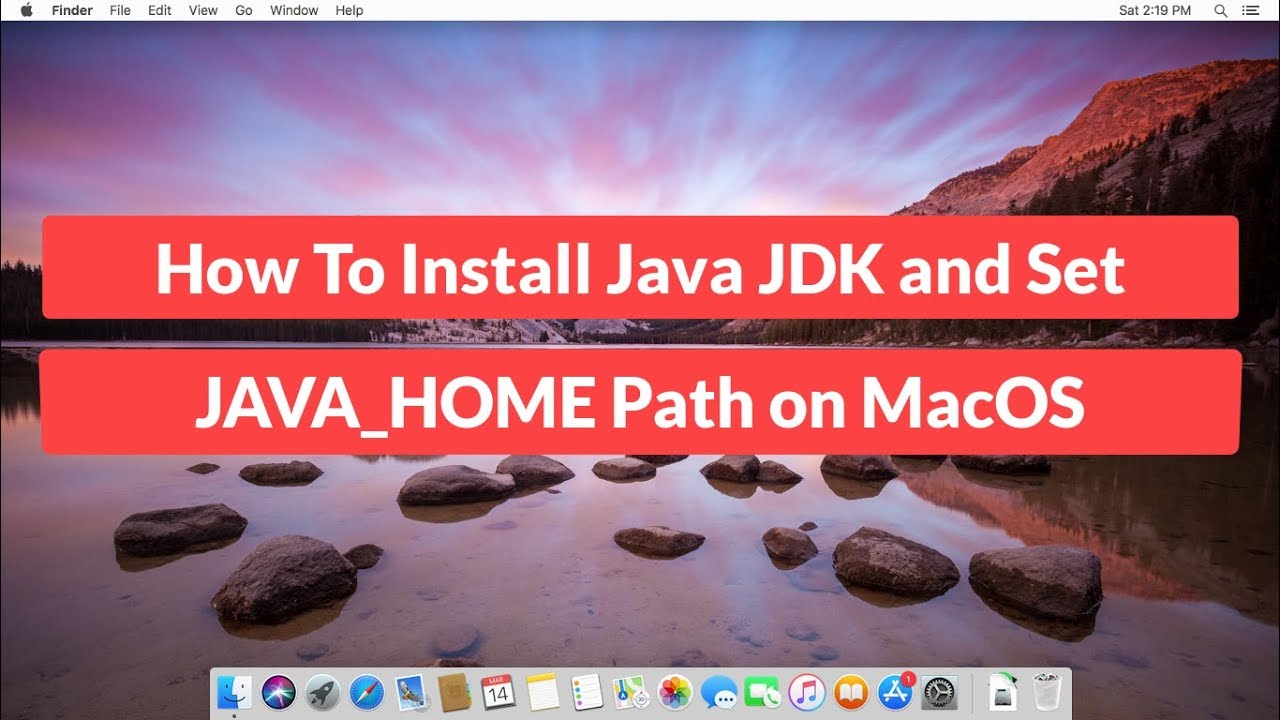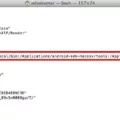If you’re a Mac user, you may be wondering how to update your Java path. Java is an essential programming language for many applications and websites, and as such, it is important to keep your Java path up to date. In this blog post, we’ll show you how to find the JDK installation path and update your Java path on macOS.
First off, the JDK (Java Development Kit) installation path is located at /Library/Java/JavaVirtualMachines/jdk-10. jdk/Contents/Home in macOS. This directory contains copyright, README, and src files which are necessary for running Java applications.
Next, you need to check what version of macOS you have installed on your computer. This can be done by clicking the Apple icon in the top left corner of your screen and selecting “About this Mac” from the drop-down menu. Once you know what version of macOS you have installed, you can then move on to updating your Java Path environment variable.
The way in which you set the $JAVA_HOME environment variable depends on whether you are using a bash or zsh shell on macOS:
For zsh users: export $JAVA_HOME at ~/.zshenv or ~/.zshrc
For bash users: export $JAVA_HOME at ~/.bash_profile or ~/.bashrc
Once these steps are complete, test that the environment variable has been updated by typing “echo $JAVA_HOME” into your terminal. If it returns with a valid result then congratulations! You have successfully updated your Java path in macOS!

Finding the Java Path on a Mac
To find the Java path on your Mac, start by opening Finder and navigating to the Applications folder. From there, look for the Utilities folder and open it. Inside the Utilities folder, you’ll find an application called “Terminal”. Open Terminal, then type “/usr/libexec/java_home -v” into the prompt and press enter. This will display the Java path on your Mac. The path should look something like this: /Library/Java/JavaVirtualMachines/jdk-10.jdk/Contents/Home. This is the root directory of your JDK software installation, and also contains copyright, README, and src files for further reference.
Setting JAVA_HOME on a Mac
In Mac OSX 10.5 or later, the recommended way to set the $JAVA_HOME variable is to export it in either the ~/.bash_profile or ~/.profile file. To do this, add the line ‘export JAVA_HOME=/usr/libexec/java_home’ to either of these files. This will make sure that your computer knows which version of Java you want it to use when executing Java-based programs.
Setting JAVA_HOME Path on Mac Monterey Permanently
Setting the JAVA_HOME environment variable on Mac Monterey permanently is quite easy. Firstly, you need to find out what version of macOS you are running by going to the Apple menu and selecting ‘About This Mac’. Secondly, depending on which shell (bash or zsh) you are using, you need to export the $JAVA_HOME variable in either ~/.zshenv or ~/.zshrc (for zsh shell) or in either ~/. bash_profile or ~/. bashrc (for bash shell). To do this, open your chosen file and add a line that reads: “export JAVA_HOME=”. Finally, test that it has worked by entering the command: “echo $JAVA_HOME” into your terminal – if it echoes out the path to your JDK installation then everything is set up correctly. And that’s all there is to it!
Conclusion
In conclusion, setting the JAVA_HOME environment variable on macOS is relatively straightforward. First, you need to find out your macOS version and which shell you are using (bash or zsh). Depending on the shell, you will need to export the $JAVA_HOME variable at either ~/.bash_profile or ~/.zshenv. Once you have correctly exported the value, you can test it with echo $JAVA_HOME and should be able to see it set correctly. The Java Virtual Machines directory is located at /Library/Java/JavaVirtualMachines/jdk-10.jdk/Contents/Home which contains all of the necessary files for a successful installation of Java on your MacOS machine.








